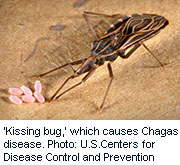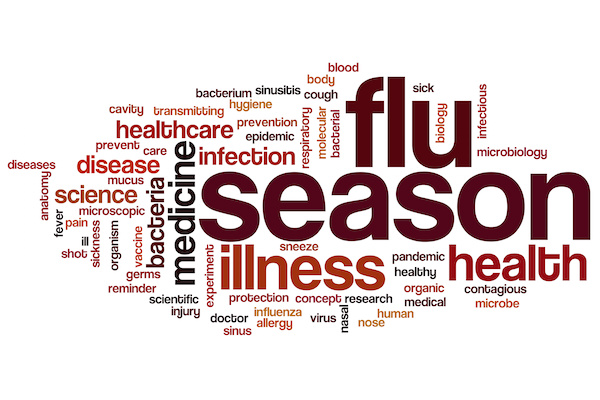
FRIDAY, May 16, 2014 (HealthDay News) — Scientists report disappointing results from a trial that tested a new drug as a possible player against Chagas disease, an insect-driven illness typically found in rural areas of Latin America.
However, the lead researcher suggested that the new medication, known as posaconazole, might still have a place alongside the standard treatment for the parasitic infection.
“The current drugs [for Chagas disease] do not have a high enough cure rate to be considered an optimal option,” said lead researcher Dr. Israel Molina, from the department of infectious diseases at the Vall d’Hebron Teaching Hospital in Barcelona, Spain.
Unfortunately, “posaconazole is not enough to eliminate the parasite from the patient,” Molina said. “Contrary to what was expected, benznidazole, the old drug, had a good response in patients who could complete the treatment schedule, although whether they have been cured has not be assessed.”
Although this first human trial was not promising, Molina thinks treating Chagas disease patients with both drugs might turn out to be the best approach.
“Combined therapy appears to be an attractive therapeutic option,” he said. “Patients with chronic Chagas disease should be treated with benznidazole. Posaconazole was not powerful enough by itself to cure the disease.”
The report was published in the May 15 issue of the New England Journal of Medicine.
Dr. Marc Siegel, an infectious disease expert at NYU Langone Medical Center in New York City, said that Chagas disease affects about 10 million people around the world.
“We still don’t have an effective treatment for chronic Chagas disease — which is a major problem in Latin America,” he said. “We must continue to rely on controlling the bugs that carry the disease — mainly on triatomine bugs.”
People become infected when the bugs feed on humans. The insects are also called kissing bugs, because they tend to bite around the face.
“The disease can also be acquired through blood transfusions, organ transplants and from mother to baby,” Siegel said.
According to the U.S. Centers for Disease Control and Prevention, as many as 300,000 people in the United States may have chronic Chagas disease. Most people with Chagas disease in the United States are immigrants from areas in Latin America, where the disease is endemic.
Chagas is treatable, but often goes unrecognized. Untreated, the infection is lifelong. Only a few people who are infected develop early symptoms, so the majority of people don’t know they are infected.
The parasite stays in the blood system and gradually causes disease in the tissues it affects, which is mostly heart muscle. About 30 percent of those infected will develop serious cardiac disease, which can be fatal, according to the CDC.
Chagas disease is one of five parasitic infections that were recently targeted by the CDC. The others are cysticercosis, toxocariasis, toxoplasmosis and trichomoniasis. All were targeted based on the number of people infected, the severity of the illnesses and the ability to prevent and treat them.
For the study, Molina’s team compared posaconazole with benznidazole in 78 patients with chronic Chagas disease. The patients were randomly assigned to either drug.
After two weeks, all the patients in both groups didn’t have signs or symptoms of the Chagas parasite. However, during a follow-up of 14 months, 92 percent of those who were treated with low-dose posaconazole and 81 percent of those given high-dose posaconazole tested positive for the parasite, compared with only 38 percent of those who received benznidazole, the researchers found.
Five patients taking benznidazole stopped treatment because of severe skin reactions. None of the patients taking posaconazole stopped treatment, but four patients had some enzyme levels that were abnormally high, Molina’s team noted.
More information
Visit the U.S. Centers for Disease Control and Prevention for more on Chagas disease.
Copyright © 2025 HealthDay. All rights reserved.

